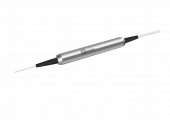Description
The GKER Photonics Bandpass Filter (GK-BP Series) is an advanced micro optics device engineered to enhance the performance of optical systems by selectively filtering light at a specific wavelength. Designed for high-precision applications, this filter utilizes state-of-the-art thin film technology to provide exceptional performance in blocking unwanted noise signals. Operating at a center wavelength of 1080 nm, the filter is adept at managing optical signals in systems such as Erbium-Doped Fiber Amplifiers (EDFAs) and fiber laser setups.
Key features of the GK-BP Series include a narrow pass bandwidth of 5 nm, ensuring precise signal transmission within the desired range while effectively blocking signals outside this band. The filter boasts a maximum insertion loss of 1.0 dB across the pass band, minimizing signal attenuation and maintaining system efficiency. With an impressive wavelength suppression capability, it significantly reduces noise and interference by attenuating signals in the 1030 - 1070 nm and 1090 - 1150 nm ranges.
The filter's low polarization dependent loss (PDL) of 0.1 dB ensures consistent performance across different light polarization states, while its high return loss of 50 dB for single-mode fiber enhances signal integrity. Capable of handling up to 5 W of continuous wave optical power, this filter is robust enough for high-power applications. It also withstands a maximum tensile load of 5 N, ensuring durability and reliability in various installation environments.
The Bandpass Filter operates effectively within a temperature range of -5°C to +70°C and can be stored in conditions ranging from -40°C to +85°C, making it versatile for diverse operational environments. Its use of HI 1060 fiber contributes to its high performance and stability.
1080nm 5W Bandpass Filter
Specifications
| Operating Wavelength: | 1080 nm |
|---|---|
| Operating Bandwidth: | 5 nm |
| Isolation (min): | Not Specified |
| Max Power Handling: | 5 W |
| Polarization Maintaining: | No |
| Center Wavelength: | 1080 nm |
| Min.Filter Pass Band @ - 0.5 DB: | 5 nm |
| Max. Insertion Loss Over Pass Band: | 1.0 dB |
| Wavelength Suppression (1030 - 1070 & 1090 - 1150 Nm): | 25 dB |
| Max. Polarization Dependent Loss: | 0.1 dB |
| Min. Return Loss (For SM Fiber): | 50 dB |
| Max. Optical Power (Continuous Wave): | 5 W |
| Max. Tensile Load: | 5 N |
| Fiber Type: | HI 1060 Fiber - |
| Operating Temperature: | - 5 to + 70 ℃ |
| Storage Temperature: | - 40 to + 85 ℃ |
Features
- Center Wavelength: Precisely set at 1080 nm for targeted wavelength filtering
- Pass Bandwidth: Narrow pass band of 5 nm for effective signal isolation
- Low Insertion Loss: Maximum 1.0 dB over the pass band, ensuring efficient signal transmission
- High Wavelength Suppression: Effective suppression of wavelengths outside the specified range (1030 - 1070 & 1090 - 1150 nm)
- High Extinction Ratio: Ensures superior performance with minimal noise
- Excellent Environmental Stability: Reliable operation across a broad temperature range from -5°C to +70°C
Applications
- Erbium-Doped Fiber Amplifiers (EDFAs): Enhances signal quality by filtering unwanted noise
- Fiber Laser Systems: Optimizes performance by isolating specific wavelengths
- Telecommunications: Improves signal clarity and system efficiency
- Fiber Optics Instrumentation: Ensures precise wavelength filtering in various optical measurements
Frequently Asked Questions
What is the center wavelength of the Bandpass Filter?
What is the pass bandwidth of this filter?
What is the maximum insertion loss over the pass band?
How effective is the filter at suppressing unwanted wavelengths?
What is the maximum polarization dependent loss?
What is the minimum return loss for single-mode fiber? The filter has a minimum return loss of 50 dB for single-mode fiber.
How much optical power can the filter handle?
What is the maximum tensile load the filter can withstand?
What fiber type is used in the filter?
What are the operating and storage temperature ranges?
Similar Products





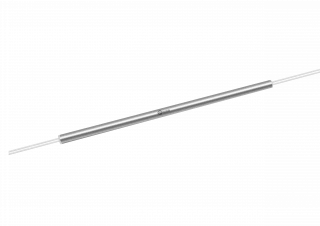
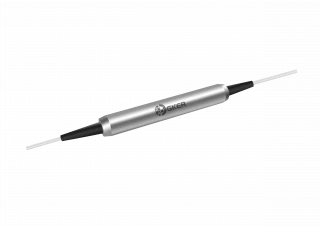



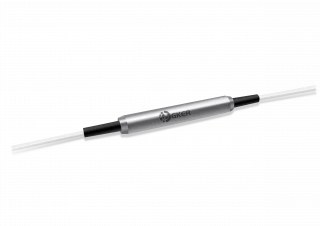
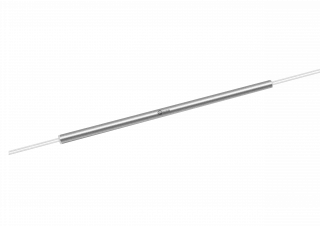
Your inquiry has been received.
Create an account by adding a password
Why create an account?
- Auto-complete inquiry forms
- View and manage all your past messages
- Save products to your favorites
- Close your account anytime — no hassle
